The process of making tofu is very similar to traditional cheesemaking methods. In this recipe, lemon juice is used to curdle the homemade soy milk, which separates the milk solids from the liquid. The soft solids can then be strained into a lined tofu mold before it is pressed into a firm block. Most molds will come with their own cheesecloth, but if you already have a cheesecloth at home, you can use it to line any container from which the liquid can drain.
Lemon juice, albeit more convenient and accessible, makes for a slightly grainy tofu with a mild lemony flavour. If you want a smoother result, look out for coagulants like nigari or gypsum.
makes around 400g / 1 block of tofu
Ingredients
-
500g soybeans
-
3 tbsp lemon juice (1 – 2 lemons)
Method
Soak the soybeans overnight in 3x the amount of water.
The next day, drain the soybeans and divide them into four equal parts. Pulse one part in a food processor to break down slightly. Add 600 ml of water and blend until smooth. Filter the blended soybeans through a sieve into a sauce pan and use the back of the spoon to squeeze out as much liquid as possible (you can also use a cheesecloth for this). Discard the pulp or use in baking (you can mix it into the Sourdough Rye Bread dough). Repeat the same step with the remaining batches of soybeans (if your food processor holds enough volume, you can blend more at a time, but I usually get better results by doing it in four batches).
Once you strain all of the soy milk into the pan, remove the thick layer of foam on the surface. Bring the mixture to a gentle boil while whisking it occasionally to avoid it from sticking to the bottom of the pan. Remove any foam that might form. In the meantime, squeeze the lemon juice. You want around 50 ml.
When the liquid comes to a boil, lower the heat and let it simmer for 5 minutes to cook out the raw bean flavour. Then turn off the heat, let it sit for a minute to cool down slightly (it should be around 90°C) and stir in the lemon juice. Set the pan aside for 10 minutes while it begins to curdle.
Line a mold with a cheesecloth, place it into a deep tray (to catch any residue liquid) and use a slotted spoon to transfer the solids to the mold. Fold the cloth over to cover the solids and place a weight (e.g. a large tin of tomatoes) on top to press the tofu down. Let it firm up for 30 minutes, then remove the tofu from the mold. If you want it firmer, simply press it for a little longer with the weight (or increase the weight next time).
To store the tofu, keep it in a bit of water to avoid it from drying out. It will stay well in the fridge for around 3 to 4 days.
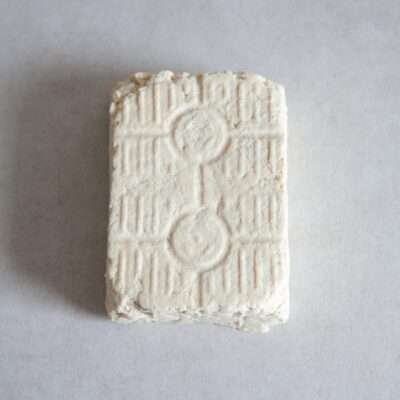
Soybean Tofu
Ingredients
- 500 g soybeans
- 3 tbsp lemon juice (1 - 2 lemons)
Instructions
- Soak the soybeans overnight in 3x the amount of water.
- The next day, drain the soybeans and divide them into four equal parts. Pulse one part in a food processor to break down slightly. Add 600 ml of water and blend until smooth. Filter the blended soybeans through a sieve into a sauce pan and use the back of the spoon to squeeze out as much liquid as possible (you can also use a cheesecloth for this). Discard the pulp or use in baking (you can mix it into the Sourdough Rye Bread dough). Repeat the same step with the remaining batches of soybeans (if your food processor holds enough volume, you can blend more at a time, but I usually get better results by doing it in four batches).
- Once you strained all of the soy milk into the pan, remove the thick layer of foam on the surface. Bring the mixture to a gentle boil while whisking it occasionally to avoid it from sticking to the bottom of the pan. Remove any foam that might form. In the meantime, squeeze the lemon juice. You want around 50 ml.
- When the liquid comes to a boil, lower the heat and let it simmer for 5 minutes to cook out the raw bean flavour. Then turn off the heat, let it sit for a minute to cool down slightly (it should be around 90°C) and stir in the lemon juice. Set the pan aside for 10 minutes while it begins to curdle.
- Line a mold with a cheesecloth, place it into a deep tray (to catch any residue liquid) and use a slotted spoon to transfer the solids to the mold. Fold the cloth over to cover the solids and place a weight (e.g. a large tin of tomatoes) on top to press the tofu down. Let it firm up for 30 minutes, then remove the tofu from the mold. If you want it firmer, simply press it for a little longer with the weight (or increase the weight next time).
- To store the tofu, keep it in a bit of water to avoid it from drying out. It will stay well in the fridge for around 3 - 4 days.


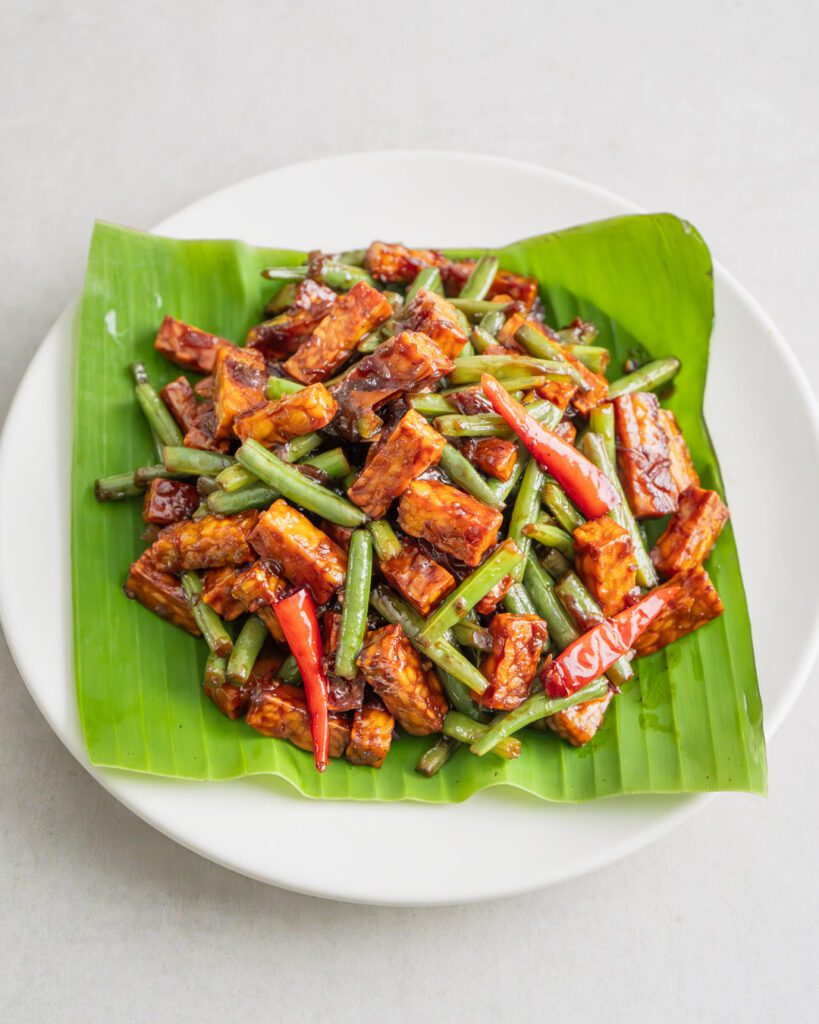



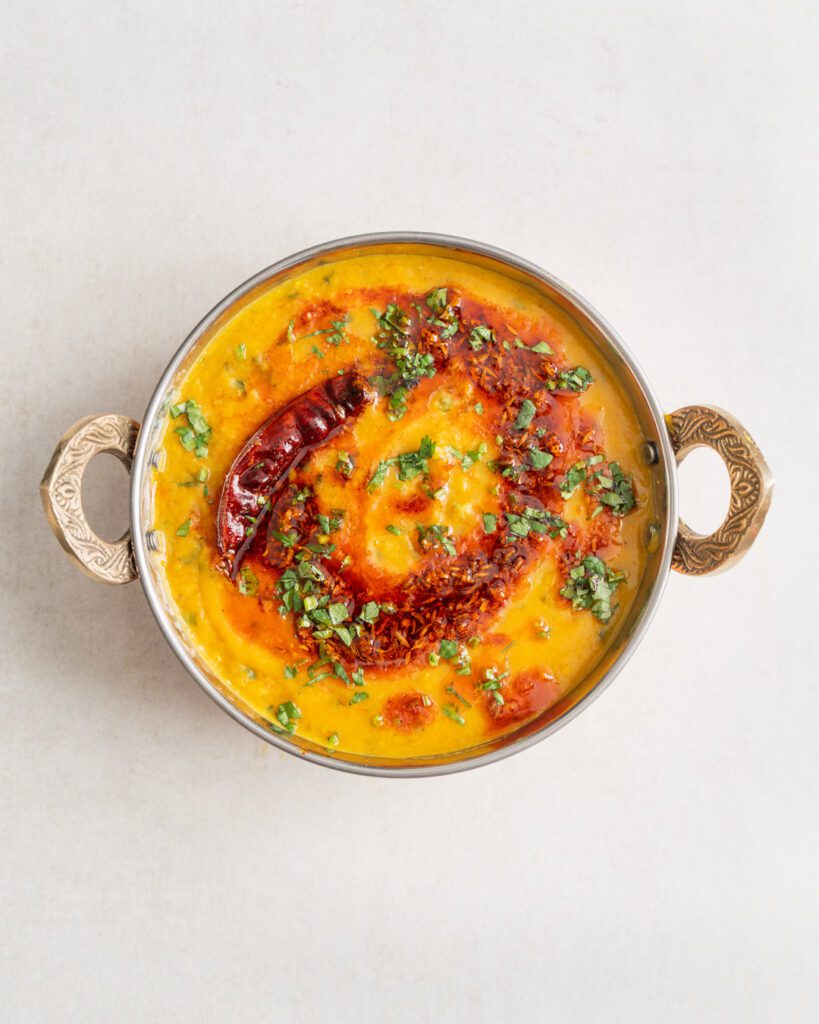
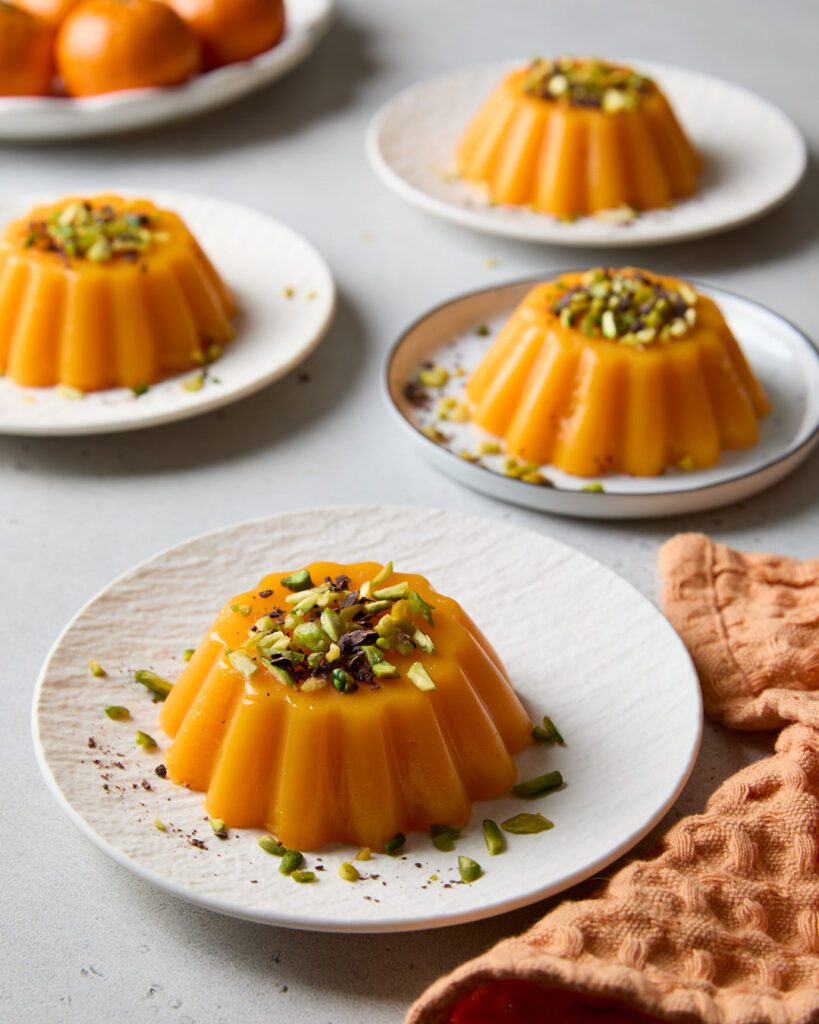





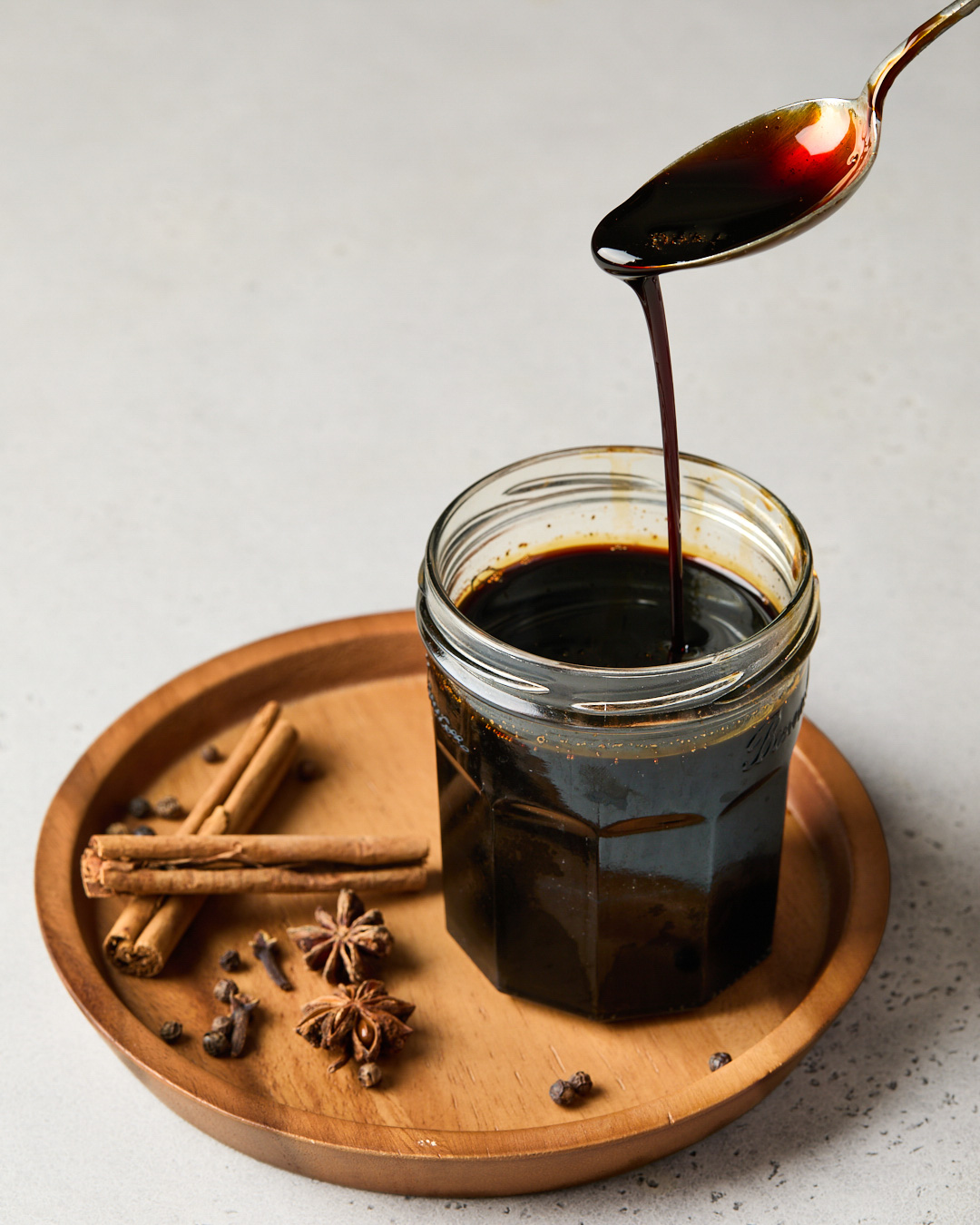





0 Comments